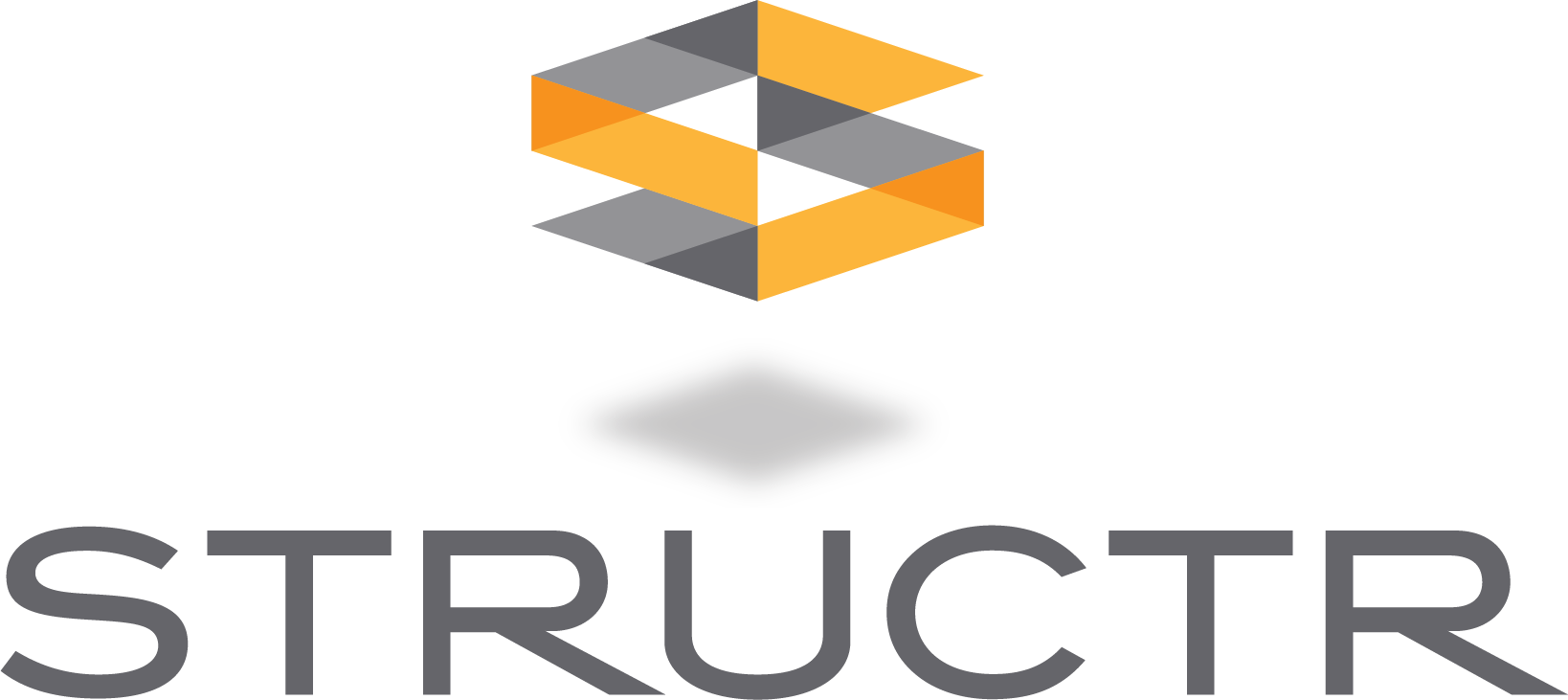

Jun 1, 2021
Even before the COVID-19 pandemic, we reportedly spent 90% of our time inside — meaning that a healthy building environment has always been important. However, occupants often went unfazed by rattling ductwork or dirty lobbies and rarely questioned the quality of the building environment. Now, as states across the U.S. begin to lift restrictions, re-entry to workplaces and shared commercial spaces is spurring new questions about building health. As many owners struggle to effectively communicate that their buildings are safe to return to, various organizations are introducing new verification and rating programs.
The UL Verified Healthy Buildings Program allows owners to communicate their commitment to healthy buildings through a series of audits and on-site visits. The verification process includes visual inspections, performance tests, and laboratory tests that deeply evaluate the space’s current conditions. The UL team then works with the building owner to establish policies and standard operating procedures that maintain the building’s health, following up onsite twice within a year to ensure performance. The result is a UL Verification Mark in the following categories:
Unlike other verification programs responding to the COVID-19 pandemic, this program focuses predominantly on air quality, as air is a significant factor in transmission. The program looks closely at the building’s internal systems as a main cause of an unhealthy indoor environment.
Informed by the WELL Building Standard and a 600-expert task force on COVID-19, the WELL Health-Safety Rating System is meant to empower owners, regardless of business size or type, to prioritize the health and safety of their staff, visitors, tenants and stakeholders. Not only does the rating system help building owners prepare their spaces for safe re-entry post COVID-19, but it also guides them through emergency planning for any future health and safety issues.
The WELL Health-Safety Rating focuses on six main health-safety themes through evidence-based measures, including:
Because none of the strategies within the rating system are mandatory, certification can be “customized” based on the facility type and organizational needs. Like the WELL Building Standard, the WELL Health-Safety Rating is third-party verified, ensuring integrity and consistency. The scalability of the certification’s pricing model makes annual renewal attainable for businesses of all sizes.
While the U.S. Green Building Council did not modify the entire LEED rating system to include COVID-19 related credits, they did release six LEED Safety First pilot credits. These credits, available for LEED projects that are already certified or undergoing certification, include cleaning and disinfection policies, building water testing, workplace re-entry planning and indoor air quality management during COVID-19. Because the pilot credits may appear in the next version of the LEED rating system, the program is designed to allow participants to test new, innovative credit strategies while providing direct feedback to USGBC. Projects pursuing LEED certification can pursue up to 3 pilot credits.
Arc Re-entry, created by Arc Skoru, is available free for any project type. The tool allows facility teams to compare the relationship between policies and procedures with the real-time experience of their occupants. The data collected includes facility procedures, occupant observations (via survey) and measured indoor air quality data (including factors such as relative humidity, carbon dioxide concentration and particulate matter). Once data is entered into the system, a Re-Entry Comprehensive Score is generated by Arc. The score provides a summary of the breadth and documentation of facility management policies, occupant experience and measured indoor air quality. Under Arc Essentials, an upgraded version of the tool, facility teams receive a re-entry report that details score calculations and how improvements can be made to the space to increase the score. The Arc team encourages the use of the LEED Safety First pilot credits and the WELL Health-Safety Rating for best practices.
Because occupants are looking at indoor spaces through a more critical health and safety lens, there are new expectations for building management. Fortunately, buildings typically do not need major overhauls to achieve these certifications, making them economically feasible options. While these programs are not intended to label a space as entirely safe, they provide owners an avenue for communicating that they have gone above and beyond to reduce any potential health and safety risks, ultimately resulting in added confidence in building performance and operating procedures.